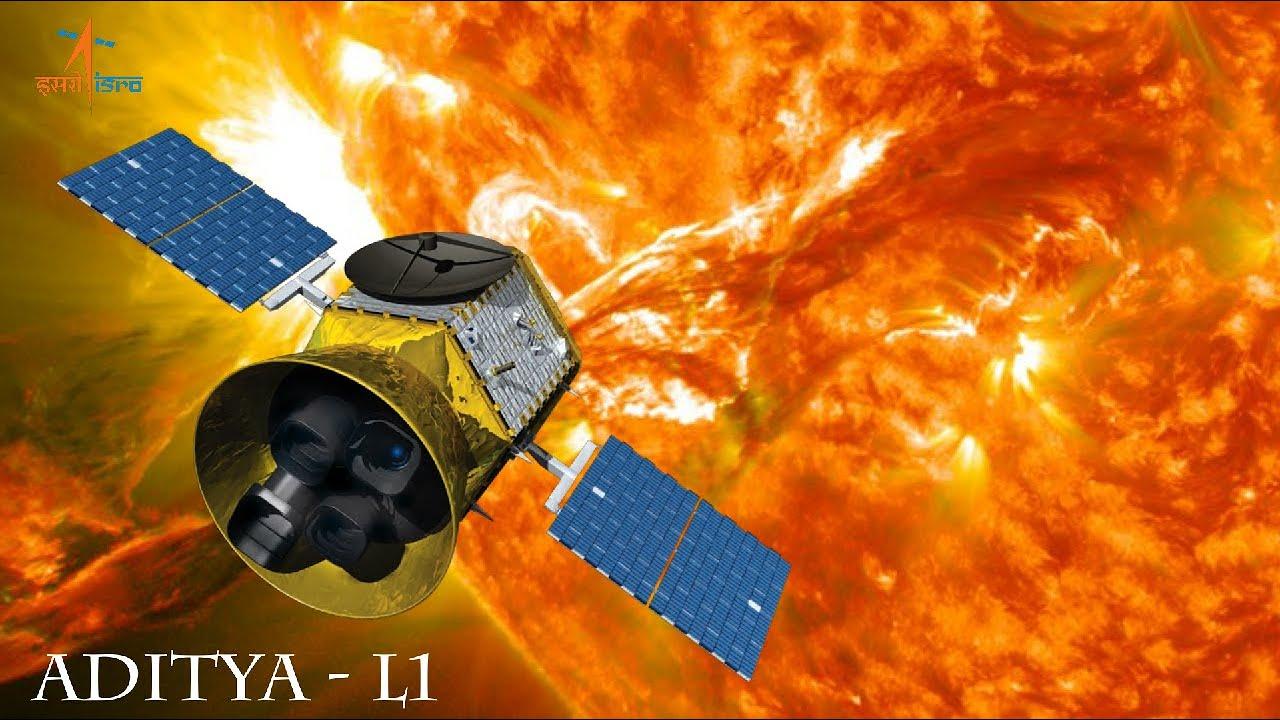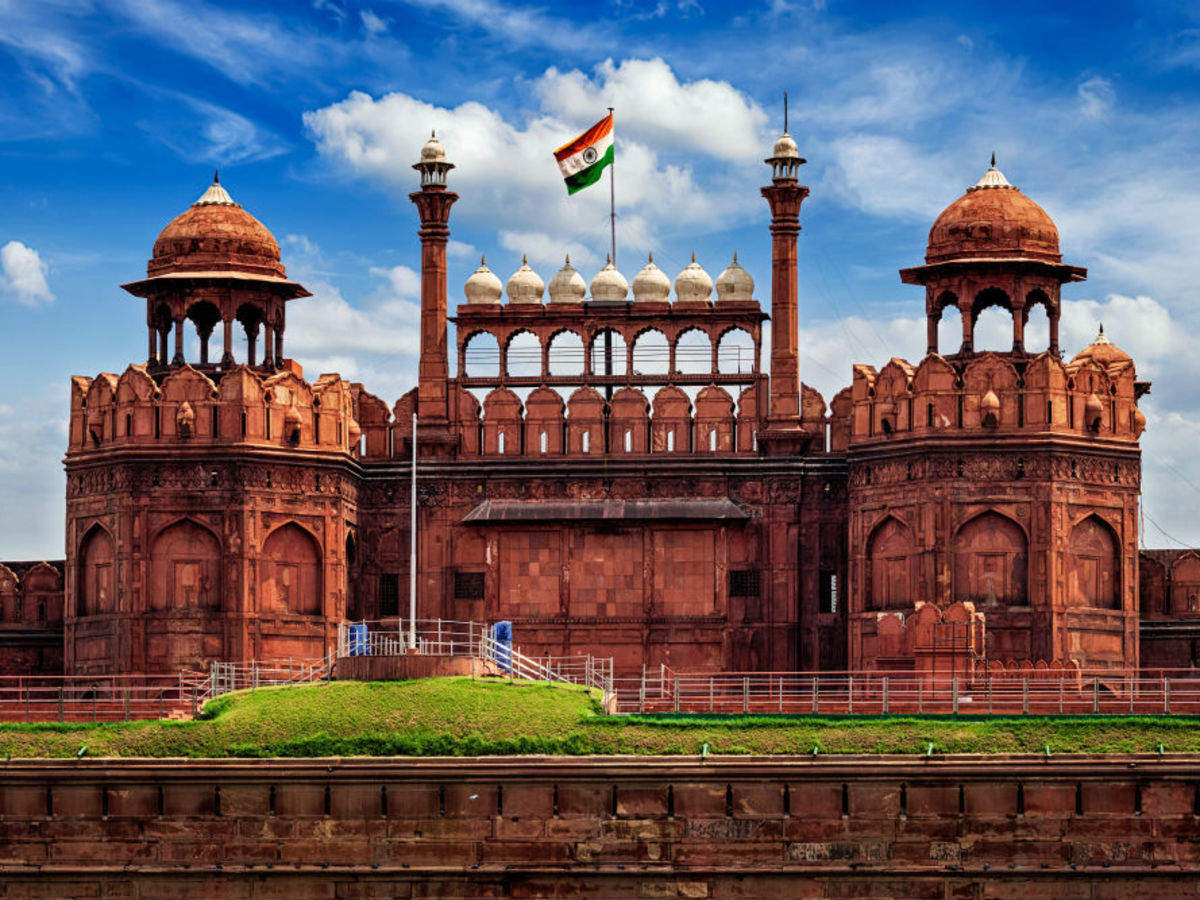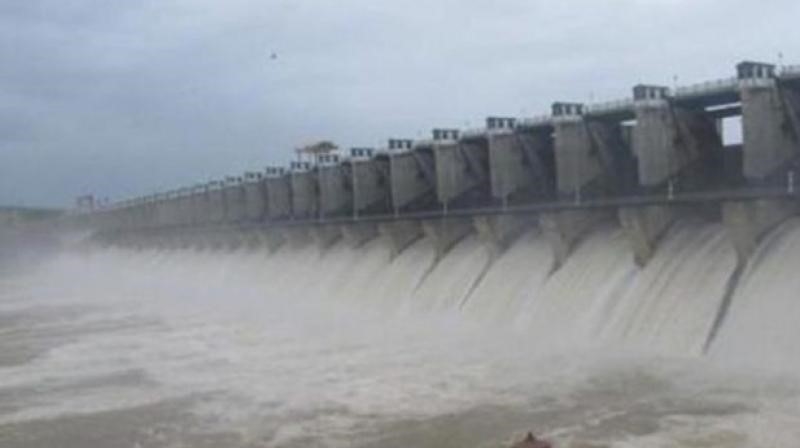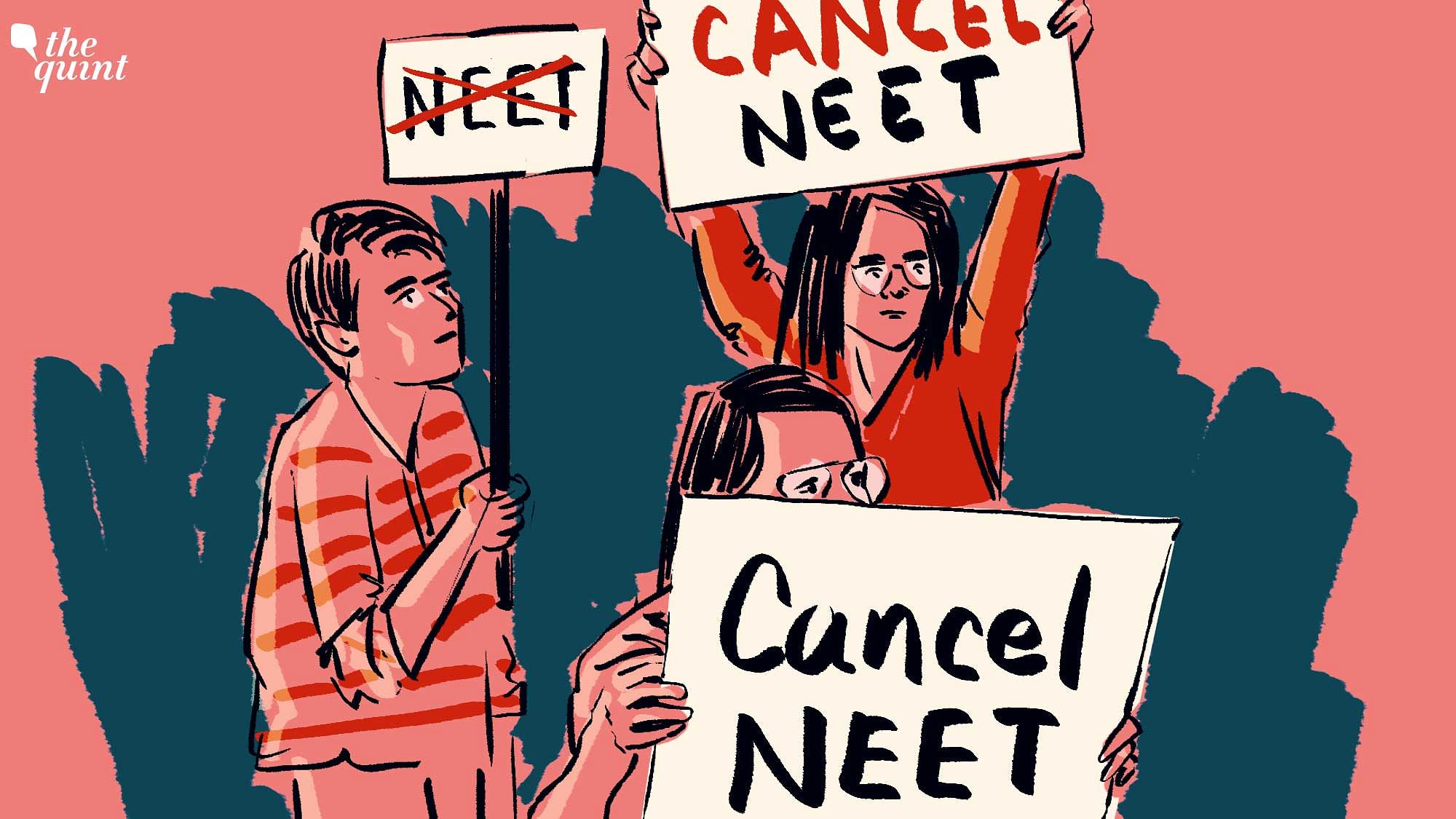- Tamil Nadu has asked the Supreme Court to order Karnataka to provide 24,000 cusecs of water immediately.
- According to the judgement of the Cauvery Water Disputes Tribunal (CWDT), the state requests the release of 36.76 TMC for September 2023.
The Cauvery Water Dispute: A Historical Overview
- The water conflict began in 1892, when the British-ruled Madras Presidency clashed with the princely state of Mysore (now Karnataka).
- Agreement of 1924: A 50-year accord brokered by the British attempted to reduce tensions but merely lay the framework for future disputes.
- Post-Independence Battles: In the 1960s and 1980s, Karnataka’s dam development prompted Tamil Nadu to file an appeal with the Supreme Court. The Cauvery Water Disputes Tribunal (CWDT) was formed as a result.
- Temporary Measures: In 1998, the Cauvery River Authority (CRA) enacted temporary orders. Despite the CWDT’s 2013 win, contentious concerns persisted.
- Final Award: In 2013, the CWDT awarded water quantities to Tamil Nadu (419 TMC), Karnataka (270 TMC), Kerala (30 TMC), and Puducherry (7 TMC).
Water Sharing Criteria
- Monthly Schedule: Karnataka, the upper riparian state, is required to provide a certain amount of water to Tamil Nadu each month.
- Annual Allotment: Karnataka must deliver 177.25 TMC to Tamil Nadu in a “normal” year, with 123.14 TMC during the southwest monsoon.
- Challenges: The monsoon season is a turbulent time when arguments frequently emerge due to changing rainfall.
Water Sharing Provisions in the Constitution
- Article 262: Allows Parliament to address inter-state river disputes; the IRWD Act, 1956 was enacted as a result of this clause.
- In Entry 17 (State List) and Entry 56 (Union List), the seventh schedule defines legislative authority over water resources.
Resolving Cauvery Water Sharing
(A) Supreme Court’s 2018 Verdict
- Cauvery as a National Asset: The Supreme Court proclaimed the Cauvery River to be a “national asset” and affirmed inter-state river water equality.
- Allotment Adjustments: Because the Court found flaws in the CWDT’s estimate, Karnataka received minimal relief and Tamil Nadu’s allotment was cut to 177.25 TMC.
- The Court directed the formation of the Cauvery Management Board (CMB) to ensure the efficient implementation of directives.
(B) Cauvery Water Management Scheme
- The Cauvery Water Management Authority (CWMA) was established with the support of the Cauvery Water Regulation Committee (CWRC) to govern water releases.
- Permanent and Technical Bodies: The CWMA is in charge of water regulation, while the CWRC is in charge of data collecting and final award implementation.
Current Situation and Implications:
- The Cauvery water dispute is still a continuing issue with historical and legal implications.
- Resource Management: The formation of the CWMA and CWRC intends to resolve the conflict through proper water management.
- Struggle Continues: The debate highlights the complexities of water sharing under a federal system and the need for equitable solutions.
Tamil Nadu’s Argument
- The CWMA requested 10,000 cusecs from Karnataka for 15 days, but Karnataka only offered 8,000 cusecs until August 22.
- Previous Agreement: At the CWRC meeting, Tamil Nadu was irritated by Karnataka’s failure to stick to the former agreement of 15,000 cusecs for 15 days.
- Distress-sharing Formula: Although the TN CM favours a distress-sharing formula, Karnataka has not adopted one.
Karnataka’s Rainfall Deficit:
- Karnataka claims that lesser rainfall in Cauvery’s catchment areas, particularly Kerala, has resulted in lower inflow into its reservoirs.
- A Difficult Situation: Karnataka reported that it was unable to deliver water because reservoirs received less inflow this year.
- Inconsistency: Despite Karnataka’s support for the formula, the state refused to accept it.
Future Prospects
- Concerns for Tamil Nadu: The Mettur reservoir’s storage capacity is severely low, posing a threat to farmers and the next kuruvai harvest.
- Water scarcity: Considering dead storage and drinking water needs, present water supplies may last barely 10 days.
- Waiting for the Supreme Court: The result of the case now depends on the Supreme Court’s interpretation and conclusion.
- Resolution Required: There is a clear need for a mutually agreed distress-sharing formula.
Current Issues and Factors Extending the Dispute:
- Flood-drought cycles, pollution, and groundwater depletion have all contributed to erratic water levels.
- Idealistic Calculations: The Supreme Court’s decision is based on favourable conditions that do not always match reality.
- Dependence and population: Both states rely extensively on the river, resulting in competing water needs for urban and agricultural areas.
- Inefficient Water Use: Due to inefficient irrigation systems, crop output per unit of water used is poor.
- Hydropolitics and Delays: Political parties use water issues to mobilise their supporters. Delays are exacerbated by lengthy tribunal adjudications.
Source: https://jalshakti-dowr.gov.in/cauvery-water-dispute/









